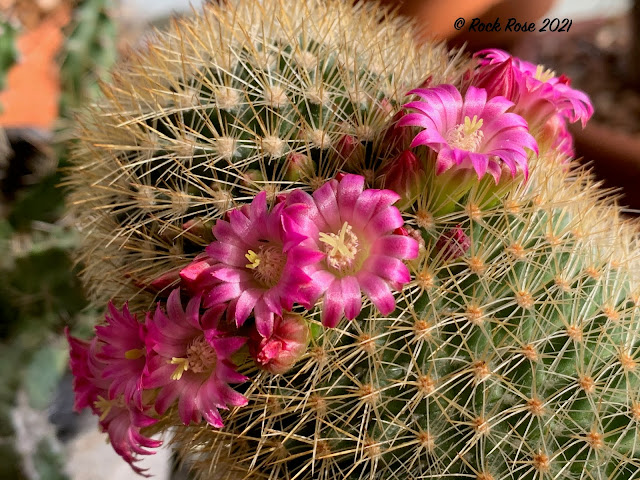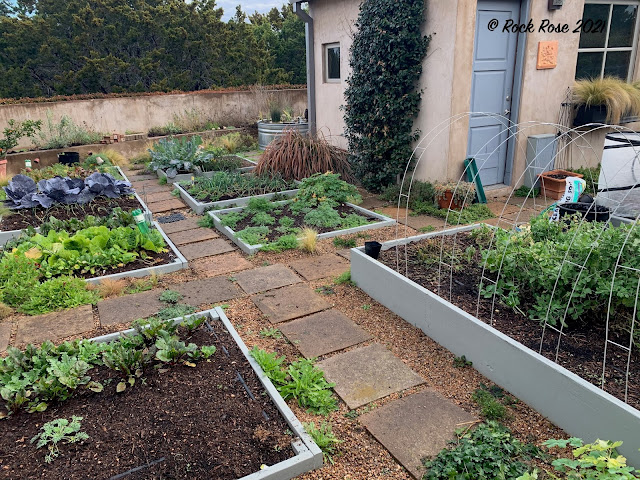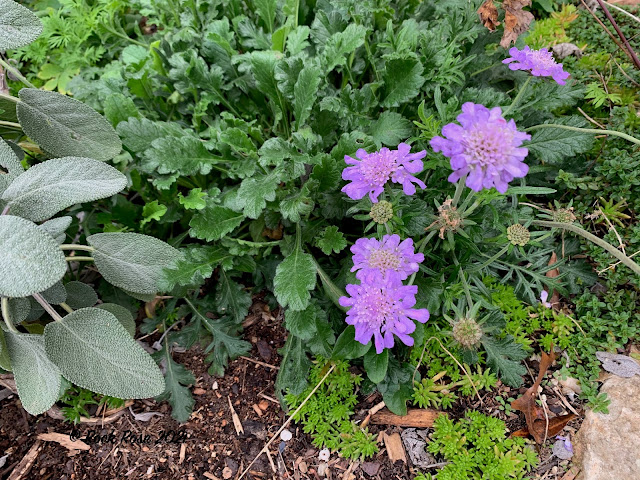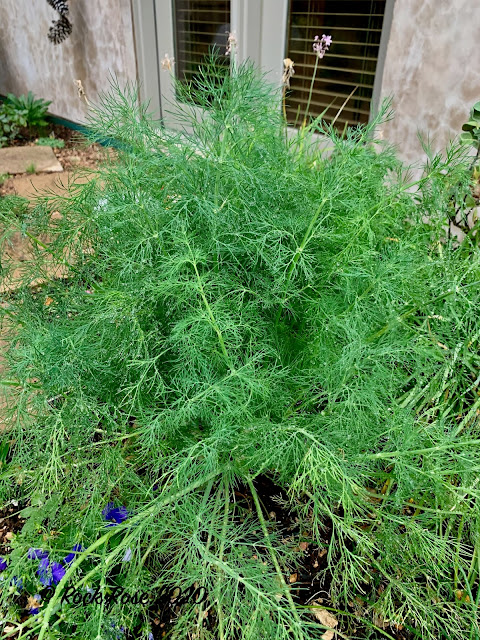We send flowers to friends in hospital, on their birthday, Valentine's Day, when they lose someone dear and we celebrate weddings with flowers, the bride carrying her favorite flowers in her wedding bouquet. Flowers bring joy to everyone. These days we can enjoy flowers year round with winter no longer a problem because flowers can be grown in glass houses and from there transported to flower shops and grocery stores.
For the gardener flowers that bloom during the winter season are special. Yesterday when I went into my greenhouse I was thrilled to see flowers blooming on the Mammillaria compressa. This is the best flowering I have seen in many years.
The original plant was bought many years ago at the Austin Cactus show, a gift from friends who were staying with us. It was cluster of about 7 growing closely together. When I tried to repot into a larger pot the individual plants, which had been growing very close together collapsed. They never regained their original form.
There was only one thing to do and that was to cut off the individual plants, let the cut dry and pot up in some really good succulent mix. The only one I have found, which in my opinion is the best, is from East Side Succulents and is called Cactus Gold. I made up several pots, this one with three and several singles. This time I would really take care of them. As you can see I was rewarded.
Over the late fall and early winter tufts of white fiber began to fill the spaces between the tubercles and it was from these that the flowers burst. Furthermore new branches have begun to sprout from the sides which means that it will eventually make another clump. It is for this reason that it has often been called Mother of Hundreds. This cactus comes from Central Mexico and is supposed to be hardy down to -5°C or 23°F if kept dry.
Other mammillarias are flowering too. This pink flowered variety.
And recently a much larger one which is also starting to make off-sets. This one blooms multiple times throughout the year.
They seem to favor having a cold dry spell during the winter and although in my greenhouse they are not in full sun. A sunny window ledge in the house might suffice.
In the garden there are a few early bloomers. The Mahonia is one.
It grows in the shadiest spot I have in the garden never receiving any sun. For this reason it blooms later than most in the area.
Yesterday I was thrilled to see several bees had managed to find the flowers.
And sweet alyssum, Lobularia maritima, is of the early bloomers. It re-seeds around the garden and is loved by bees.
Plant it now and you will never have to plant it again and at the same time you will enjoy its sweet honey fragrance for months.
































































